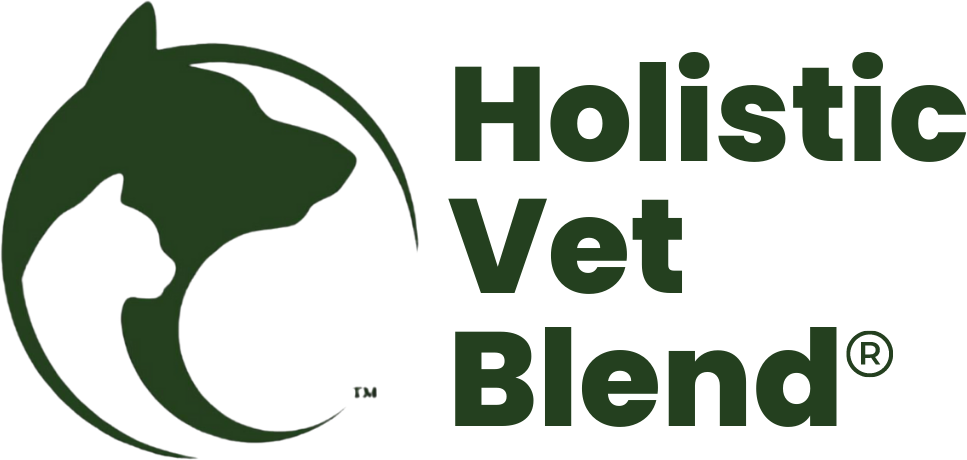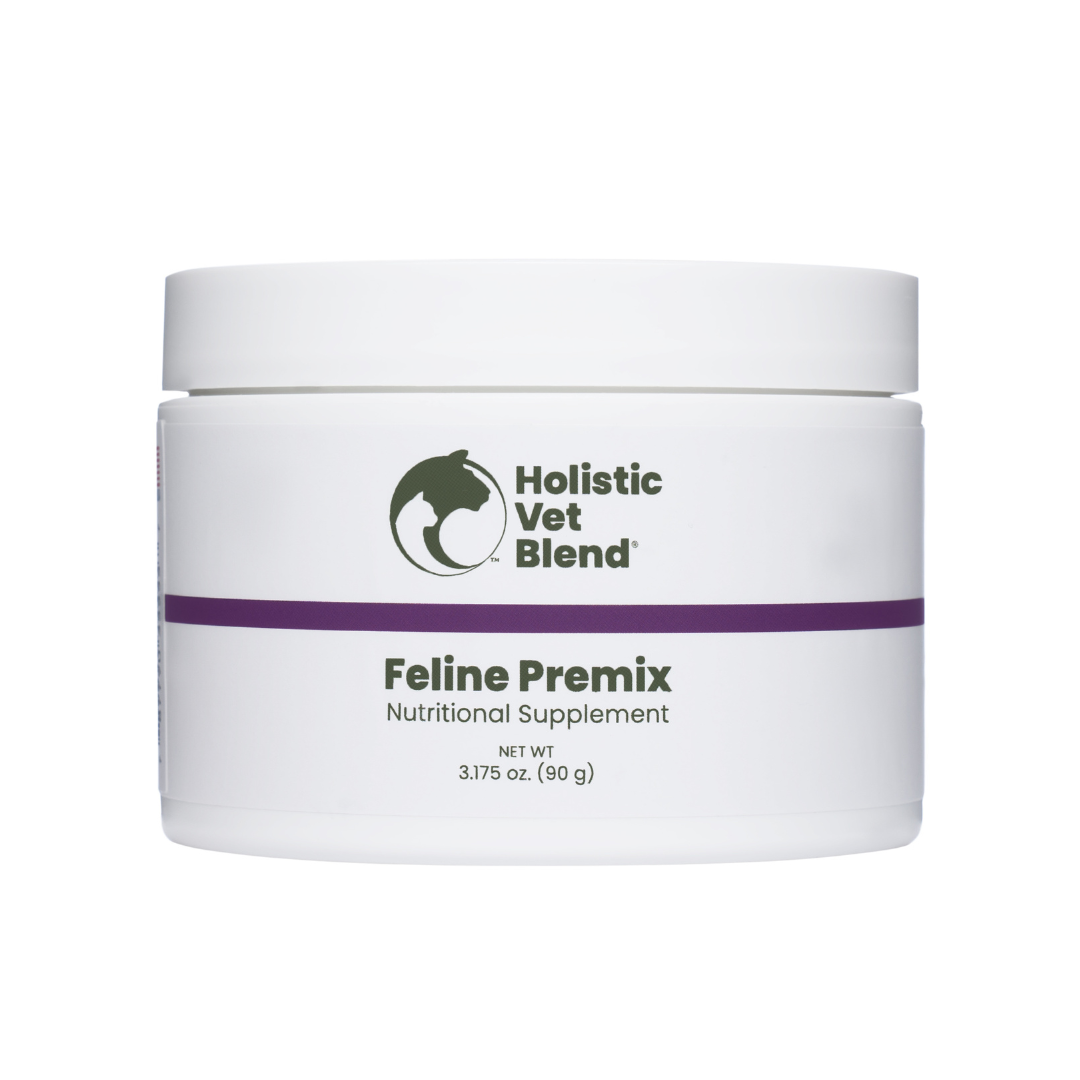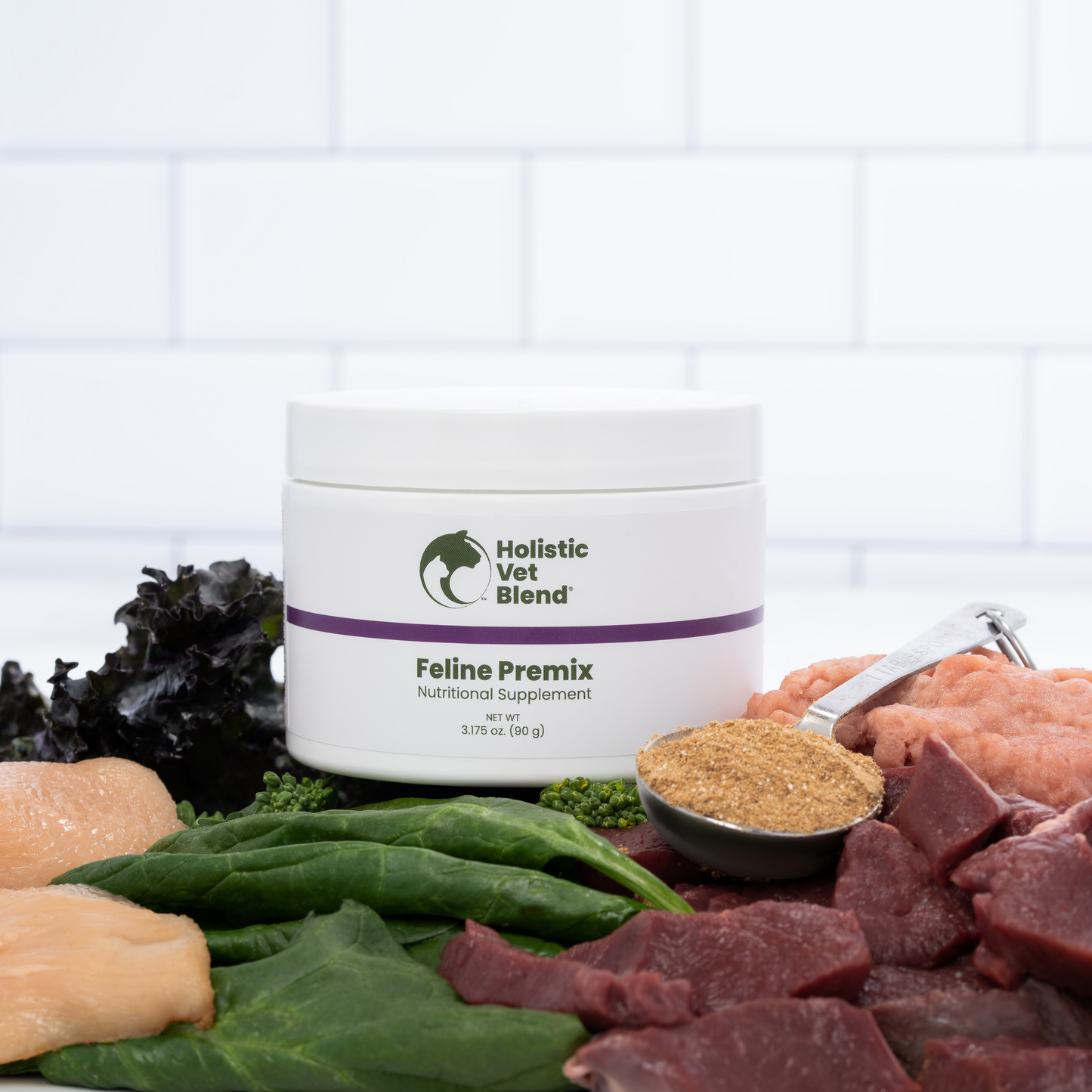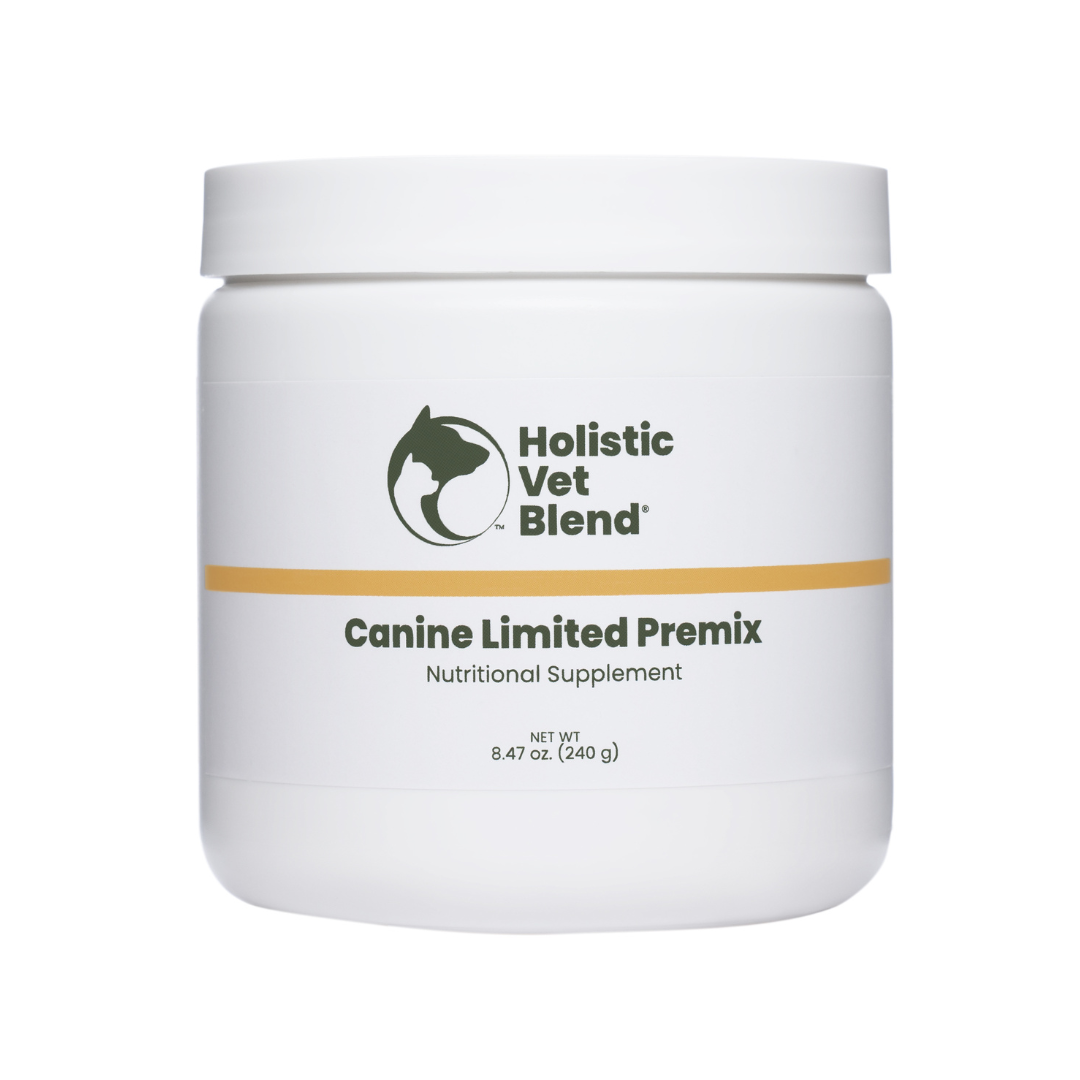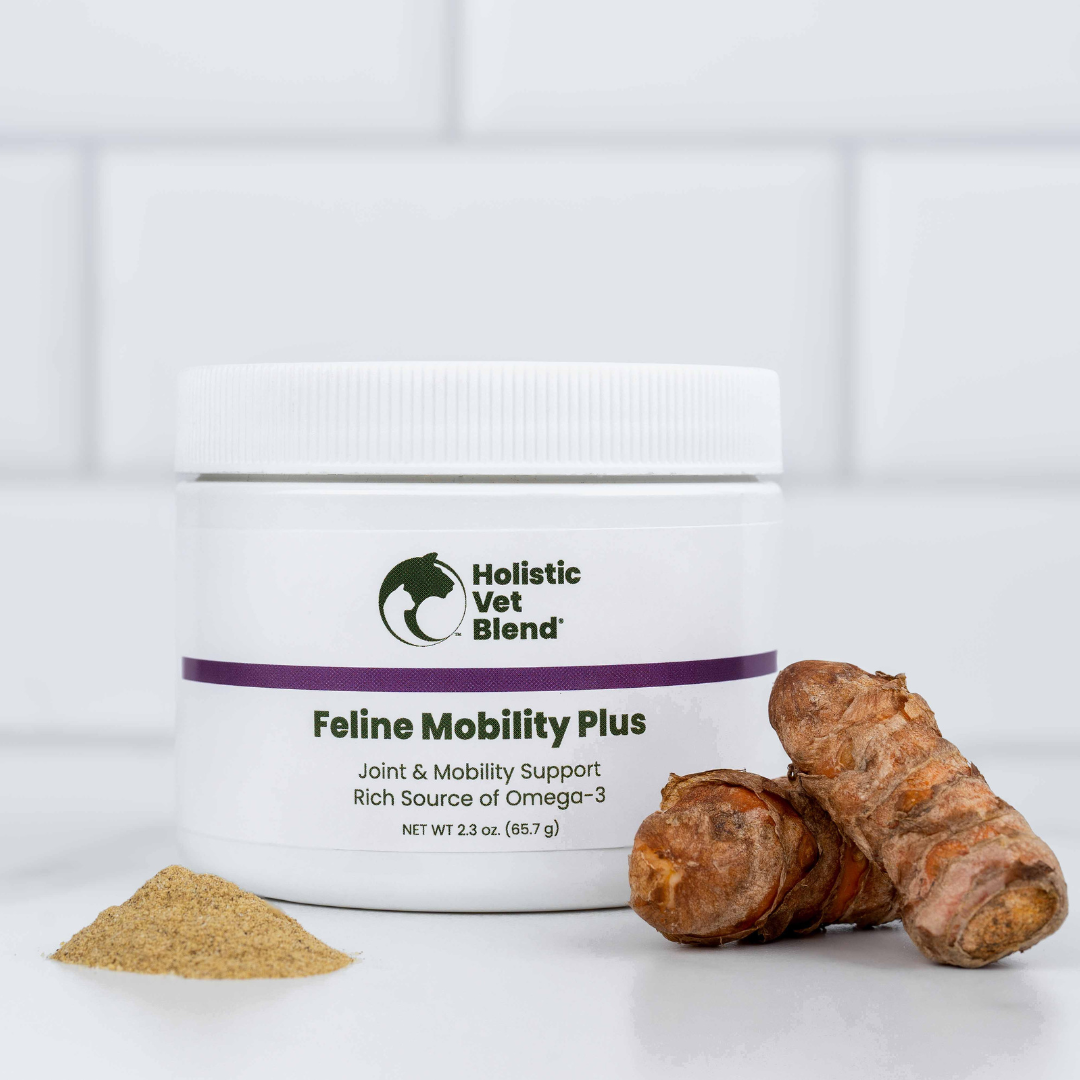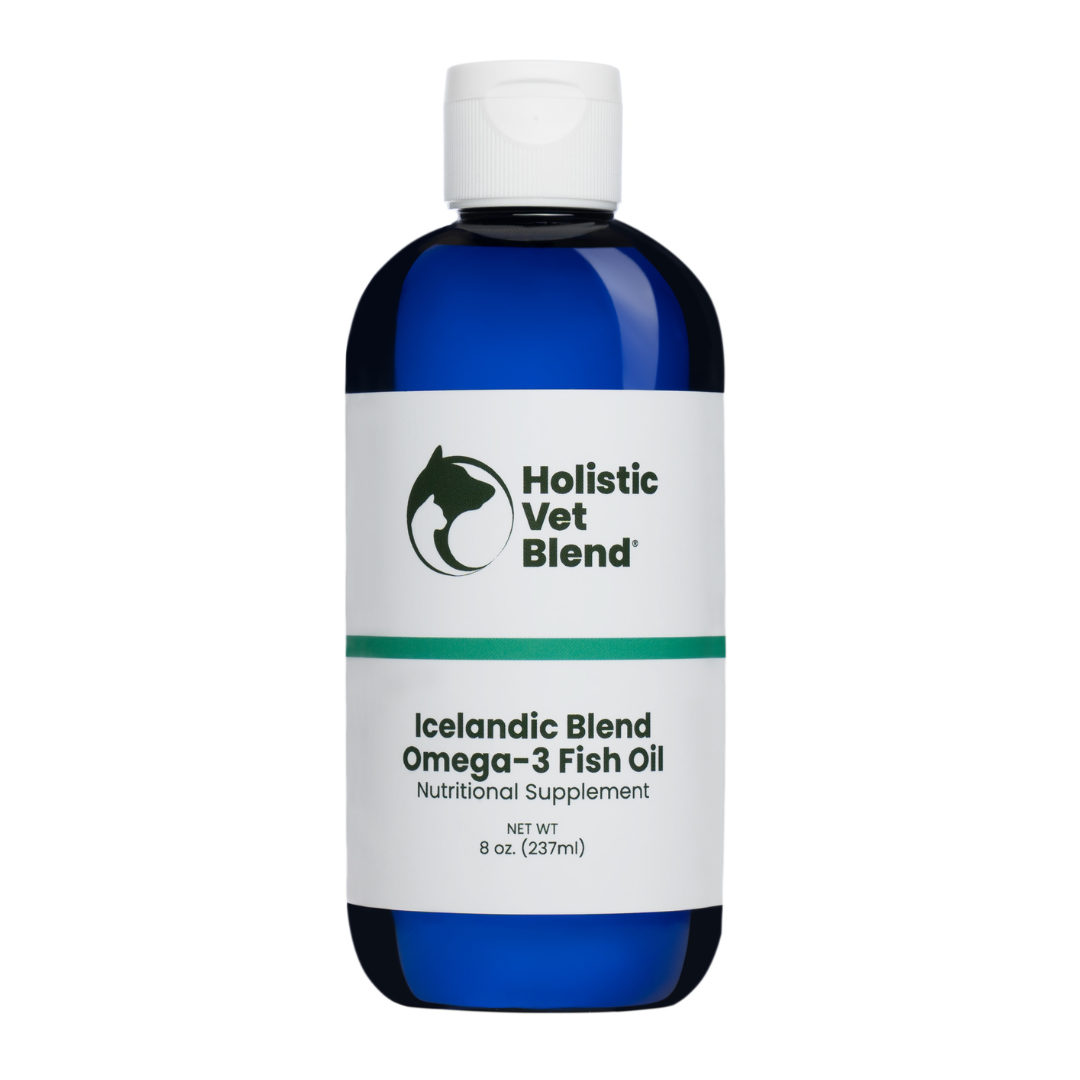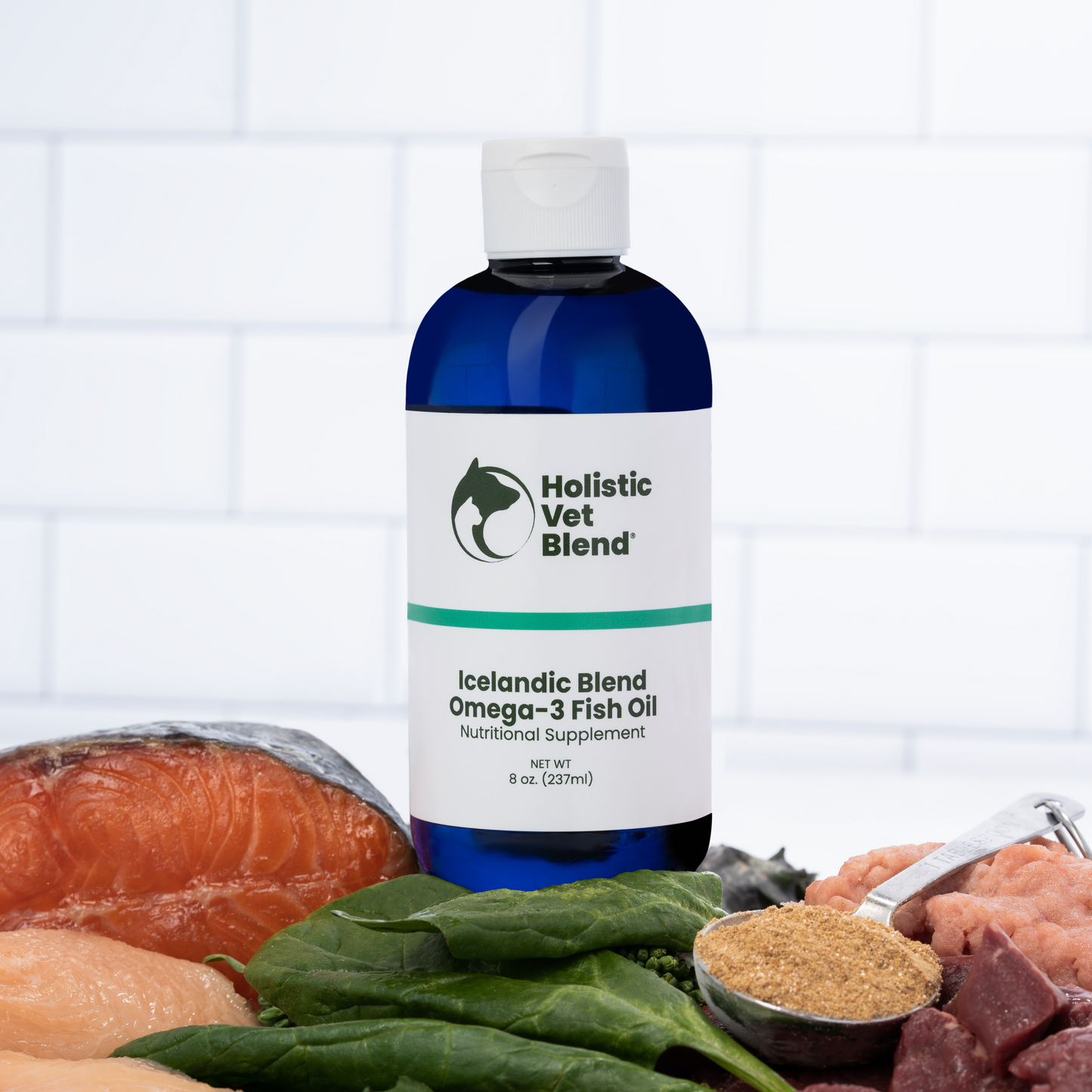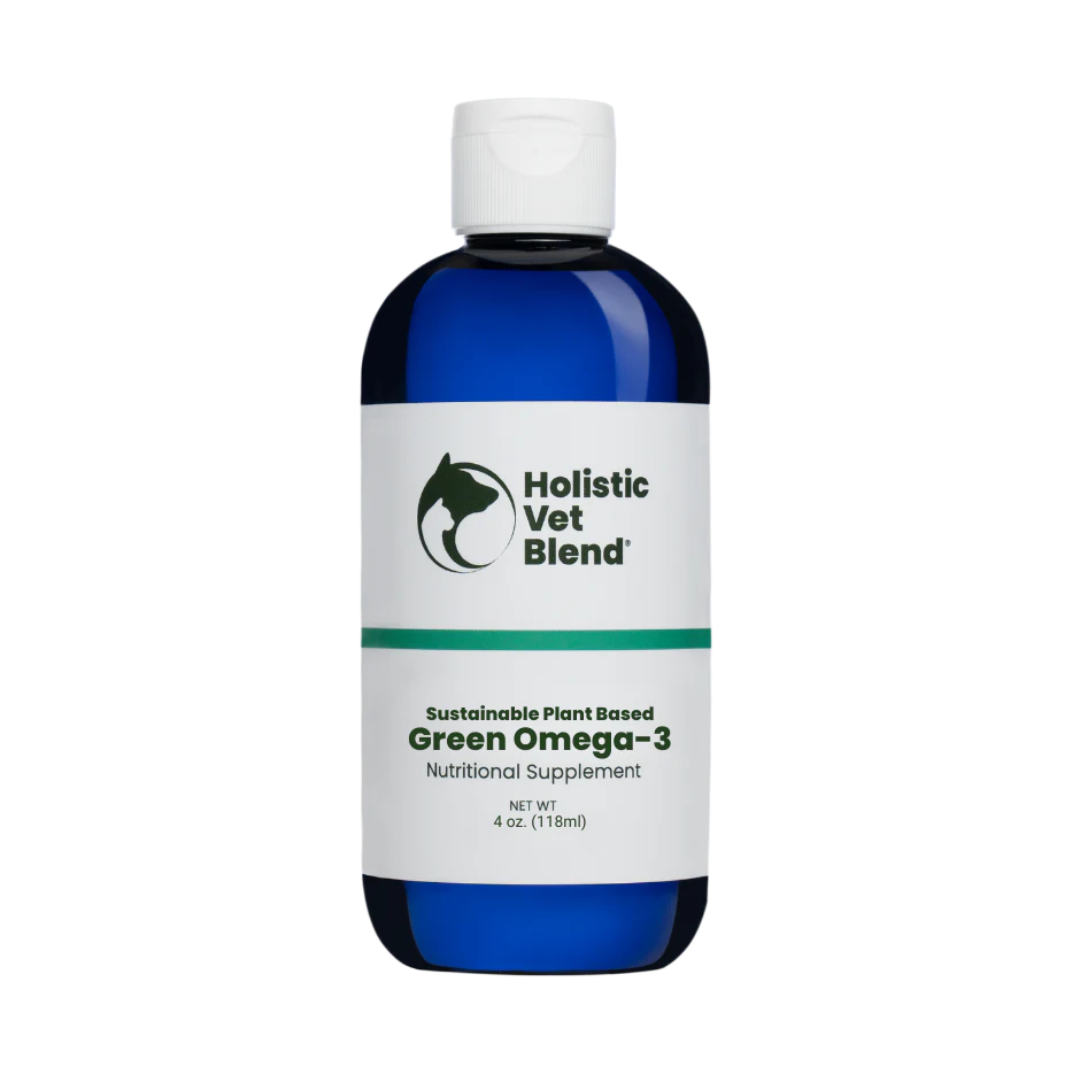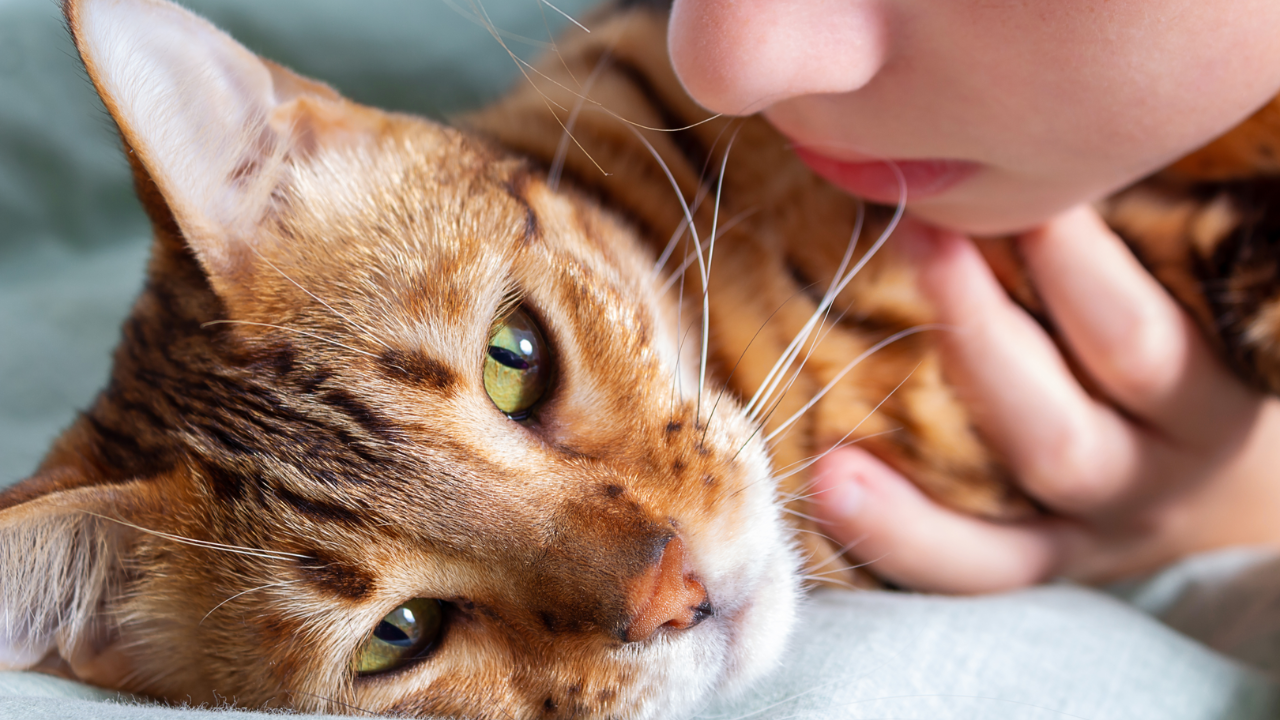
Why should you care about PFAs?
Pets are our sentinels for exposure to environmental contaminants. Think food is diverted to pets that are unfit for consumption. Think of fish caught in contaminated waters. Think anything but organic being diverted to our pets. They are also intimately exposed to our floors, carpeting, and furniture that is laden with chemicals. Cats, being fastidious groomers, are even more susceptible.
The EWG (environmental working group) has found that dogs and cats had high levels of the toxic industrial chemicals known as per and poly-fluoroalkyl substances or PFAs in their blood. Pets were likely exposed to PFAs through pet food packaging, flame retardants (typically used on furniture they sleep on and groom), and plastics.
What we are learning is that persistent exposure to pfas is a problem for humans, animals, and the environment.
Impact of PFAs on Health: An In-Depth Look
Per-and polyfluoroalkyl substances, more commonly known as PFAs, have been a topic of considerable concern in recent years. This group of man-made chemicals is receiving increasing scrutiny due to their potential human health effects, wildlife exposure, and our family pets.
One of my cats developed hyperthyroidism, and I have made changes moving ahead to make sure that my cats are not exposed to pfas as much as possible.
PFAS and PBDE chemicals, and what are they doing to our health?
PFAs exposure has become the subject of research as we learn more about the many ways we are exposed to them in our environment. Chronic exposure to pfas in laboratory animal studies has shown that they cause liver and immune system injury as well as affect reproductive and hormonal function.
In humans, there is evidence that PFAs can cause increased liver enzymes and cholesterol levels, increased obesity rates, and increased incidence. of kidney and testicular cancer.
Health Concern: Toxic Substances and PFAs in drinking water

The U.S. Geological Survey estimates that at least 45% of the nation's tap water could have one or more PFAS contributing to harmful health effects.
A study by the Environmental Working Group (EWG) found that the number of U.S. communities confirmed to be contaminated with these highly toxic fluorinated compounds continues to grow.
Here is a link to a blog post showing filters that can remove pfas:
Getting ‘forever chemicals’ out of drinking water: EWG’s guide to PFAS water filters
However, it's important to note that exposure levels can vary greatly depending on the region and the specific water source. For the most accurate information on PFAS levels in your local water supply, it is recommended to contact your local water provider or state environmental agency.
Why Were PFAs Developed?
PFAs were developed primarily because of their ability to resist heat, water, grease, and stains. They were quickly adopted by numerous industries and used in a wide range of products. From non-stick cookware to stain-resistant fabrics and carpets, water-repellent clothing, and even some types of firefighting foam, PFAs have been used extensively in everyday items.
How did PFAs earn the name "forever chemicals"?
PFAS chemicals have become referred to in general terms as "forever chemicals" - a class of possibly thousands of synthetic chemicals that remain in our bodies. They all have signature elemental bonds – fluorination and carbon – which are highly strong and make this chemical disintegration impossible. These PFAS chemicals can repel oil and water.
Persistent chemicals, persistent health effects
In recent studies, PFAS may cause liver damage if the PFAS exposure is not detected, and the results are expected to affect many other types. It is easy for them to pass through the air, dust, eat, dirt, and water. They can either come from packaging or manufacturing.
How Are Pets and Humans Exposed to PFAS?

Human and pet exposures to PFAS vary depending upon the location and occupation. They are found in carpets, upholstered furniture, and mattresses. Since pets lay on our carpets, sofas, chairs, and beds and are exposed when they groom off the chemicals from these fabrics.
It's unfortunate that these chemicals also have been found in our oceans, so it is especially important that we pay attention to the source of the seafood we eat, and this includes our pets. It's unfortunate for our pets that they are exposed to pfas as the fish that ends up in pet food is not usually harvested from the most pristine waters.
The Environmental Protection Agency reported that canned and dry cat foods represent a significant source of PFA exposure for pets and people. Testing revealed the presence of PFAs in all of the packaging that was tested, with some having extremely high levels of PFAs.
How can PFAS affect health?
Researchers study PFAS in human and animal populations and their effects on human health. PFAS levels are linked to health problems that affect people. The majority of studies, however, examined only some minor chemicals. Some PFAS can cause health effects. Researchers suggest that high doses may affect the health of the patient. PFAS can occur in different species. Scientists, however, have methods that can compare animal data to human data. They learned something from that process. How can we protect our environment from the chemical harm that can happen in our environment?
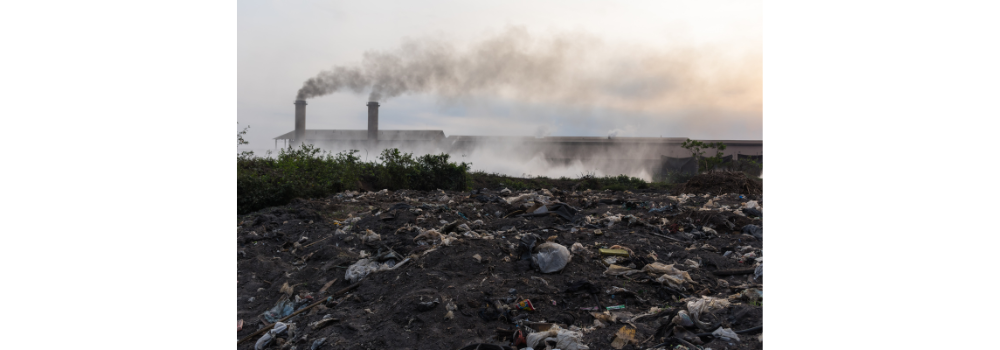
PFAS Contamination in the environment
There are several ways PFAS can contaminate the environment:
- Industrial Waste: Industries that produce or use PFAS can release these chemicals into the air, soil, and water. This includes the legal dumping of PFAS directly into rivers, lakes, and streams.
- Firefighting Foams: Certain types of firefighting foams (Aqueous Film Forming Foams) contain PFAS. When used, these foams can contaminate nearby soil and water.
- Consumer Products: PFAS are used in various consumer products, from non-stick pans to water-repellent clothing. These chemicals can leach out of the products and enter the environment during production, use, and disposal.
- Food Contamination: Certain food packaging materials contain PFAS. These chemicals can migrate from the packaging into the food.
- Drinking Water: PFAS can contaminate drinking water sources through industrial waste, landfill leachate, and other means. Drinking water is considered a major route of human exposure to these chemicals.
- Biosolids: Wastewater treatment processes can concentrate PFAS into the sewage sludge, also known as biosolids. When these biosolids are applied to agricultural land as fertilizers, they can contaminate the soil and crops.
- Airborne Contamination: PFAS can be released into the air during their production and use. Once airborne, they can travel long distances and contaminate areas far from their source.

How do PFAs Affect Health?
Research has linked PFAs to a number of health concerns. These chemicals are incredibly persistent, meaning they can accumulate in the body over time. Studies have associated PFAs with adverse health effects such as increased cholesterol levels, changes in liver enzymes, decreased vaccine response in children, and an increased risk of high blood pressure or pre-eclampsia in pregnant women.
Health Risks of PFAs and PFAs
Yes, PFAs are considered endocrine disruptors. This means they interfere with the body's endocrine system, which controls hormones. They can mimic or inhibit the body's natural hormones, fool the body into over-responding to hormonal signals, or stop the body from responding to hormonal signals altogether.

How do PFAs Affect the Endocrine System?
PFAs can interfere with the normal function of the endocrine system, which regulates a host of vital bodily functions, including metabolism, growth and development, tissue function, sleep, mood, and reproduction. By mimicking or blocking hormones, PFAs can disrupt these processes, leading to a variety of health problems.
Is There a Link to Disease in Pets, Especially Cats and Hyperthyroidism?

This is my cat, Scarlet, who is 13 years old. In her 12th year, she developed a voracious appetite and was having trouble keeping on weight. She also had elevations in one liver enzyme and had begun to vomit every few weeks. Her hyperthyroidism was severe enough and not responsive to any natural therapies.
Scarlet was diagnosed with an adenoma in her thyroid gland. We were faced with either medicating her twice daily for the rest of her life (tracking her down with her herbal prescription was no picnic). I knew that I was going to destroy my relationship with her permanently if I had to fuss with tracking her down twice daily to give her anything orally. I'm not a fan of adding medication to a cat's food as they will often refuse to eat the food.
With all-natural therapies off the table, we opted to have Scarlet undergo the same treatment that people with hyperthyroidism receive. She received I131 treatment. After a brief hospital stay, she returned home, and we had to isolate her from the family for a few days. New blood tests were done, and her thyroid function returned to normal. We no longer had to medicate. She regained the weight that she had lost, and the elevated liver enzymes and vomiting driven by her liver disease normalized.
We have a faux leather couch now that she spends most of her time on. The two before that were fabrics likely treated with these stain and water-resistant fabrics if I'd only known.
Health risk factors for developing hyperthyroidism in cats include:
Higher levels of PFAs have been found in the blood of hyperthyroid cats. Substances such as PBDEs and PFAS (toxins found in fish), flame retardants (on furniture, especially where many cats lounge and groom), and other pollutants are likely causes of exposure.
Toxins in the fish, rather than the fish themselves, are most likely the problem.
Genetics (Siamese, Burmese, Persian, British Shorthair, Abyssinian, Tonkinese): If you have one of these breeds, consider avoiding fish in pet food.

How can we reduce health risks and exposure to pfas for our family and pets?
You can decrease associated health risks in the following way:
Check Your Drinking Water:
PFAS can be found in drinking water, which can then be consumed by pets. Regularly test your water supply and consider investing in a water filtration system if necessary.
Choose Natural Cleaning Products: Some household cleaning products contain PFAS, which pets can be exposed to during regular use. Opt for natural cleaning products instead.
Avoid PFAS in Food and Kitchen Supplies: PFAS can also be present in food packaging and kitchen supplies. Limit your pet's access to these items and avoid feeding them leftovers from take-out containers3.
Consider household exposure to PFAs: PFAS can be found in a variety of household items like carpets, upholstery, and clothing. Consider alternatives to these items where possible.
Wash or Scrub Off Dirt from Produce: PFAS may be present in the soil, so be sure to wash all produce thoroughly before feeding it to your pets.

In conclusion, while PFAs have brought considerable convenience to our lives, their potential impact on human and animal health cannot be ignored. As we continue to learn more about these chemicals, it is crucial to take steps to reduce our exposure and seek safer alternatives where possible.
We must learn more about these 'forever chemicals and how they pose a significant concern for our health, the well-being of our pets, and the sustainability of our environment. The widespread presence of these substances in our water supply, household products, and even food packaging demands our attention and action. While the full impact of PFAS exposure is still being studied, evidence points towards potential harm to our bodies and the environment. Therefore, it becomes imperative that we take proactive steps to reduce our exposure. From testing and filtering our drinking water to choosing natural cleaning products and being mindful of what we feed our pets, each step contributes towards a safer, PFAS-free home. At a broader level, supporting legislation and initiatives aimed at controlling and monitoring PFAS pollution can help protect our communities. Together, we can make a difference in the fight against these 'forever chemicals' and work towards a healthier future.
